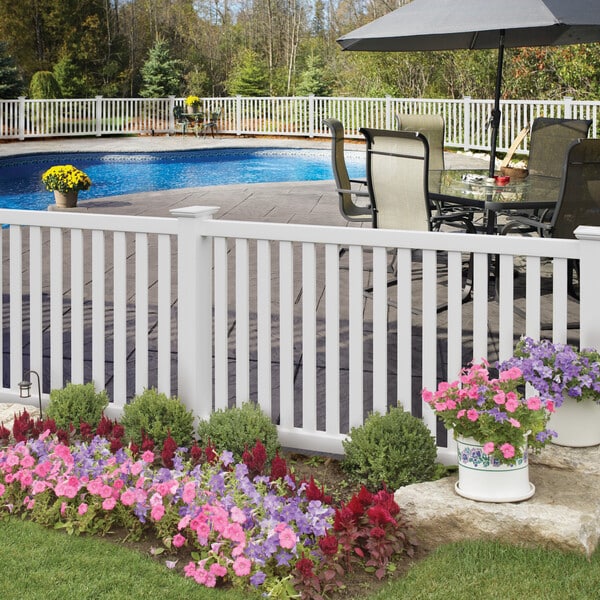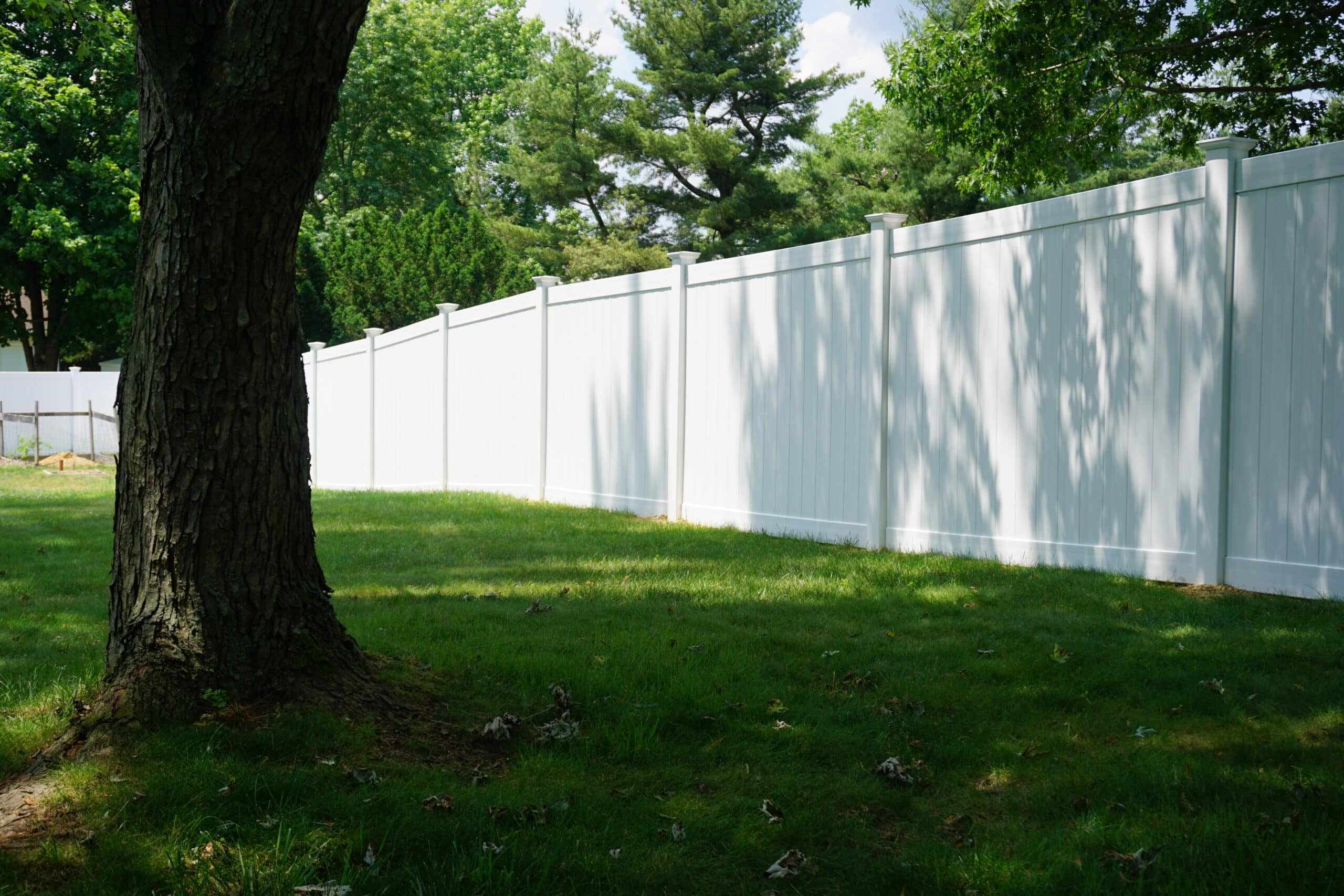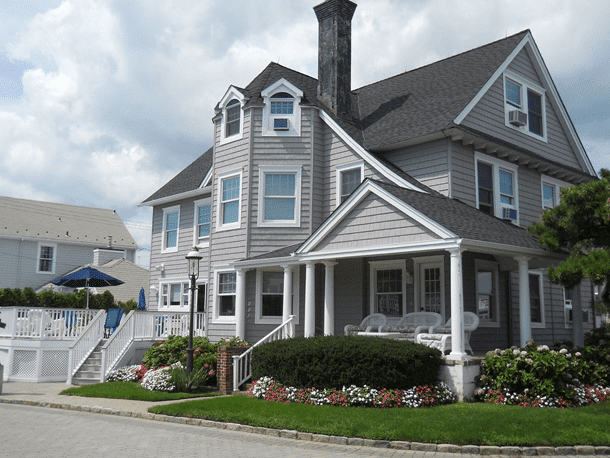
Split Rail Fence: Timeless Charm Meets Practical Fencing
There’s just something about a split rail fence that feels like home, isn’t there? Maybe it’s the classic look, or how a cedar split rail fence blends right in with the landscape. It’s practical, too—marking boundaries, keeping pets in, and adding a welcoming touch to any yard. But what really sets split rail fencing apart, and why do so many folks in New Jersey and beyond keep coming back to this humble classic?
Let’s walk through everything you want to know about split rail fences, from the posts and gates to the best wood choices and installation tips. And, if you’re thinking about upgrading your property, stick around—Carl’s Fencing, Decking and Home Improvements has the know-how to bring your vision to life.
What Is a Split Rail Fence Anyway?
If you’ve ever driven down a country road or visited a historic farm, you’ve likely seen a split rail fence. This style has deep roots in American history—think early settlers and wide-open prairies. But don’t let the old-school vibe fool you; split rail fencing still makes sense today.
At its simplest, a split rail fence is made of horizontal wooden rails, often two or three per section, slotted into vertical posts. No solid panels, no fancy hardware—just the raw beauty of wood and an open, airy design. It’s fencing at its most honest.
Cedar Split Rail Fence: Why Cedar Wins the Popularity Contest
Not all woods are created equal, you know? Cedar has become the go-to for split rail fencing, and for good reason:
- Naturally Weather-Resistant: Cedar contains oils that fight off rot, decay, and pesky insects. That means less maintenance for you.
- Aesthetic Appeal: Over time, cedar ages into a silvery gray that looks even better with age. It’s like the George Clooney of fencing materials.
- Durable, Yet Lightweight: Cedar rails and posts are sturdy enough to withstand weather but not so heavy they’re a pain to install.
Sure, other woods like pine or locust get used, but cedar split rail fence is the gold standard for a reason. Plus, it smells good. Seriously—if you’ve never caught the scent of fresh cedar, you’re missing out.
Split Rail Fence Posts: The Backbone of Every Section
Let’s get a little technical for a moment. Split rail fence posts are more than just upright pieces of wood; they’re the anchors that keep your fence standing tall through every season.
Types of Posts
- Line Posts: These run along the straight sections, each with holes to hold the rails.
- End Posts: Used where the fence stops, with holes on just one side.
- Corner Posts: For sharp turns—think of them as the elbows of your fence.
- Gate Posts: Thicker and sturdier, built to handle the extra stress from a split rail fence gate.
Spacing is key. Most split rail fence posts are set 8 to 10 feet apart. This keeps everything stable—and, honestly, it just looks right. If you’re not sure how many posts and rails you’ll need, a professional installer like Carl’s can map it out for you.
Split Rail Fence Gates: Practical and Welcoming
A fence isn’t much good without a way in and out, right? Enter the split rail fence gate. It’s designed to blend seamlessly with the rest of your fence, both in style and function.
- Consistent Look: Gates use the same rails and posts, so nothing looks out of place.
- Flexible Openings: Whether you need a small gate for foot traffic or a wide opening for vehicles or equipment, there’s a split rail fence gate for the job.
- Add Hardware or Keep It Simple: Some folks like a basic latch; others go for iron hardware for extra style.
Pro tip: your gate posts need to be extra sturdy (and maybe set a bit deeper), since they’ll take more wear and tear than the rest of the fence.
Where Does Split Rail Fencing Work Best?
Honestly, just about anywhere you want to add a touch of rustic charm. But there are a few spots where split rail fencing really shines:
- Large Yards and Acreage: Perfect for outlining property lines without blocking the view.
- Gardens and Flower Beds: Keeps pets out but lets the beauty of your landscaping shine through.
- Driveways and Entryways: Paired with a split rail fence gate, it’s a welcoming look for visitors.
- Pastures and Animal Enclosures: Great for horses, goats, or even just keeping the deer at bay (with a little added wire mesh).
One thing to keep in mind: split rail fencing isn’t meant to be a privacy fence. If you need total seclusion or to keep small critters in (or out), consider adding mesh or pairing with another fence style for the best of both worlds.
Installation: DIY or Call the Pros?
Here’s the thing—split rail fencing is one of the easier fence styles to install yourself. The rails slot right into the posts, and you can set posts by hand if you’ve got the time and energy. But there are a few reasons why calling in a professional crew like Carl’s Fencing, Decking and Home Improvements is worth considering:
- Perfect Alignment: Getting those posts straight and level is trickier than it looks.
- Solid Footing: Professional installers know how deep to set posts for New Jersey’s climate (hello, frost line).
- Custom Gates and Corners: If your layout isn’t perfectly square, pros can handle tricky spots.
- Time Is Money: What might take you a weekend (or three) gets done in a day.
If you’re handy, go for it! Otherwise, hiring a pro means less sweat and more peace of mind.
Maintenance: Easy as It Gets
One of the best things about split rail fencing is how little upkeep it needs, especially if you choose quality cedar. Here’s what you can expect:
- Inspect Once a Year: Check for loose rails or posts and tighten/replace as needed.
- Minimal Cleaning: A quick rinse with the hose keeps things looking fresh.
- Optional Stain or Sealant: Cedar ages well on its own, but you can always add a clear sealant for extra protection.
If a rail breaks (hey, it happens), swapping in a new one is quick and painless. No need to take apart the whole fence.
Split Rail Fencing: Style That Never Goes Out of Fashion
There’s a reason you see split rail fences on everything from rural homesteads to suburban gardens. They’re practical, affordable, and just plain good-looking. Whether you want to add value to your home, keep pets safe, or simply create a welcoming entrance, split rail fencing checks all the boxes.
At Carl’s Fencing, Decking and Home Improvements, we love helping folks in New Jersey find the perfect fence for their property. Our team can handle everything—from choosing the right cedar split rail fence to building custom gates and tackling tricky corners. Want to see examples? Check out our fencing page and get inspired.



